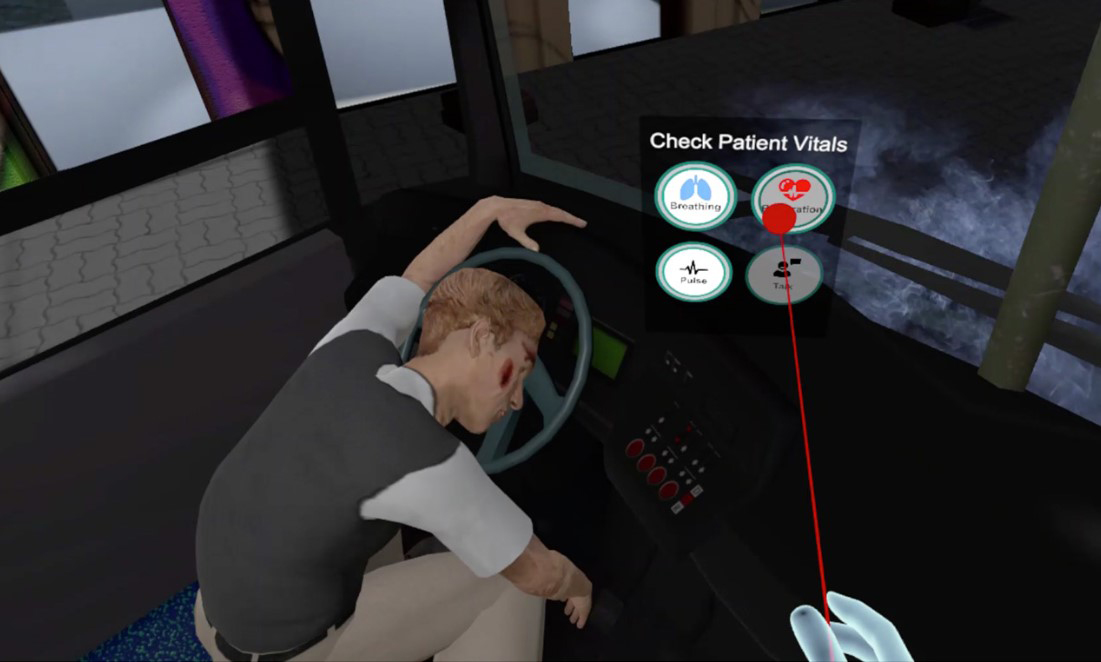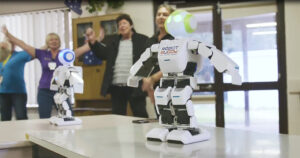That’s a mass casualty scenario the next wave of WA paramedics will face in a new virtual reality (VR) program developed by ECU.
Mass casualty incidents can have natural causes, like an earthquake, or man-made, like a terrorist attack. Either way, they’re stressful for first responders.
Textbooks can’t really prepare paramedics for these kinds of events, which is where immersive simulations come into play.
Preparing for the worst, virtually
Traditionally, student paramedics undertake live simulations treating actors with gory but fake injuries.
Dr Brennen Mills is a lecturer at ECU who says realistic blood and wounds and screaming can be confronting but is important for real-world preparation.
“It really ups that cognitive burden, and your cognitive processing starts to go out the window,” says Brennen.
The cost of these exercises means they’re only offered once or twice a year, but new VR programs are making authentic learning experiences more accessible.
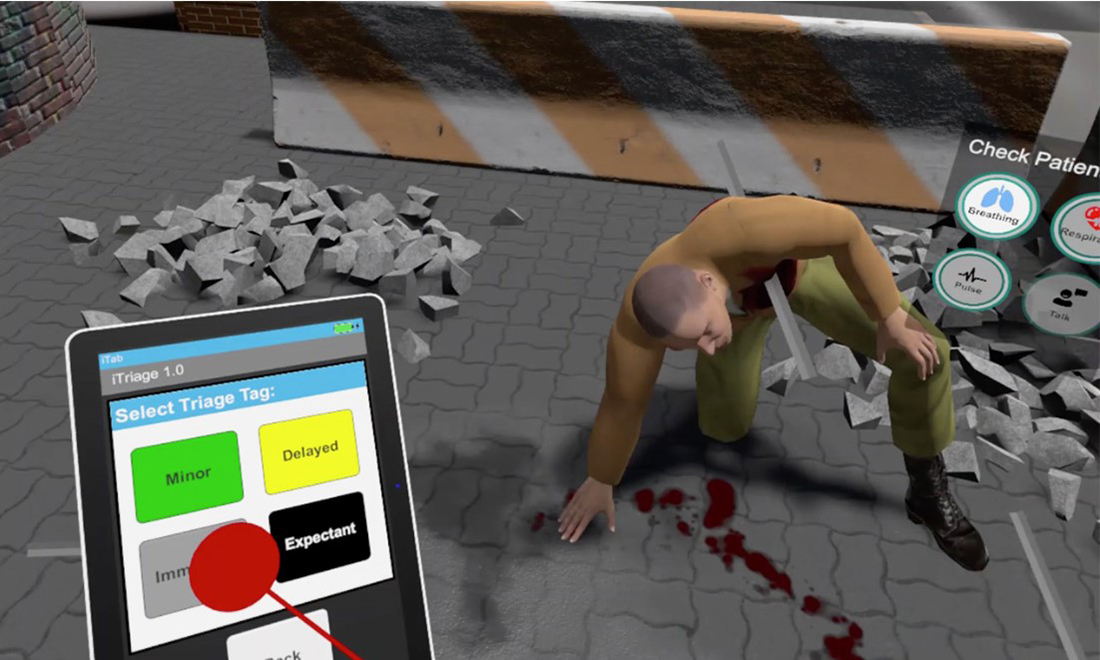
Turning to virtual technology
A multidisciplinary team of researchers from ECU created the Mass Casualty Triage VR Simulator.
“[The VR simulation] allows students to practise those skills … then they can consolidate that learning when they’re put into the more realistic event,” Brennen says.
“The risk is that, if you throw them straight into [the real-life simulation], they’re going to be so overwhelmed they’re not going to learn anything.”
Virtual triage
While VR has its drawbacks, such as users not being able to physically touch their patients, the benefit is practising triage.
Triage refers to the assessment of patient casualties to decide their order of treatment. In the VR simulation, users assess and categorise patients then get feedback on their speed and skill.
Users are often surprised by the simulation’s authenticity and realism.
Jess Watson, a motion capture technician at ECU, helped with the project. It featured Western Australian Academy of Performing Arts students performing scenarios and motion capture technology.
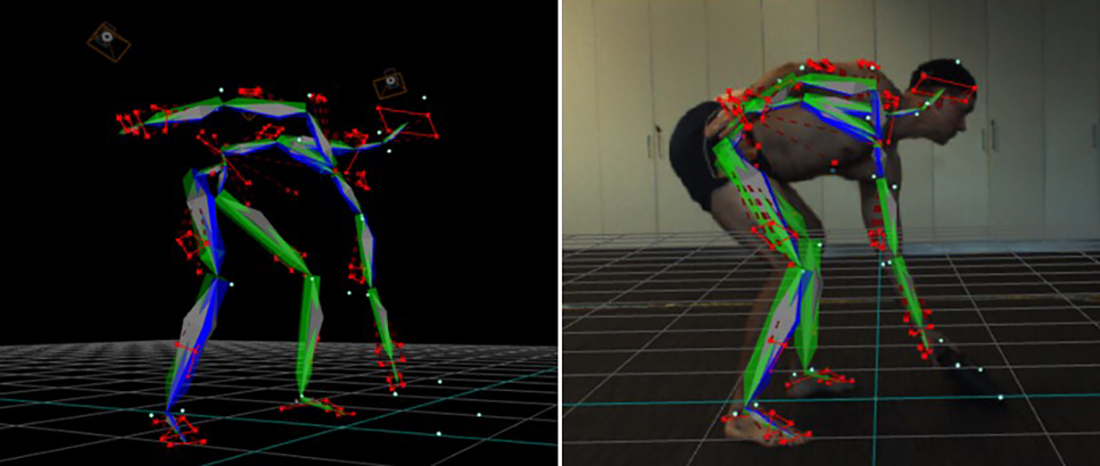
“Players felt immersed enough that they were having real conversations with the virtual patients, saying things like, ‘It’s OK, I’m going to come back’,” says Jess.
Inciting innovation
The simulator won the Most Transformative Impact in Education category of the 2019 INCITE Awards and the ECU Vice-Chancellor’s Inspirational Team Award.
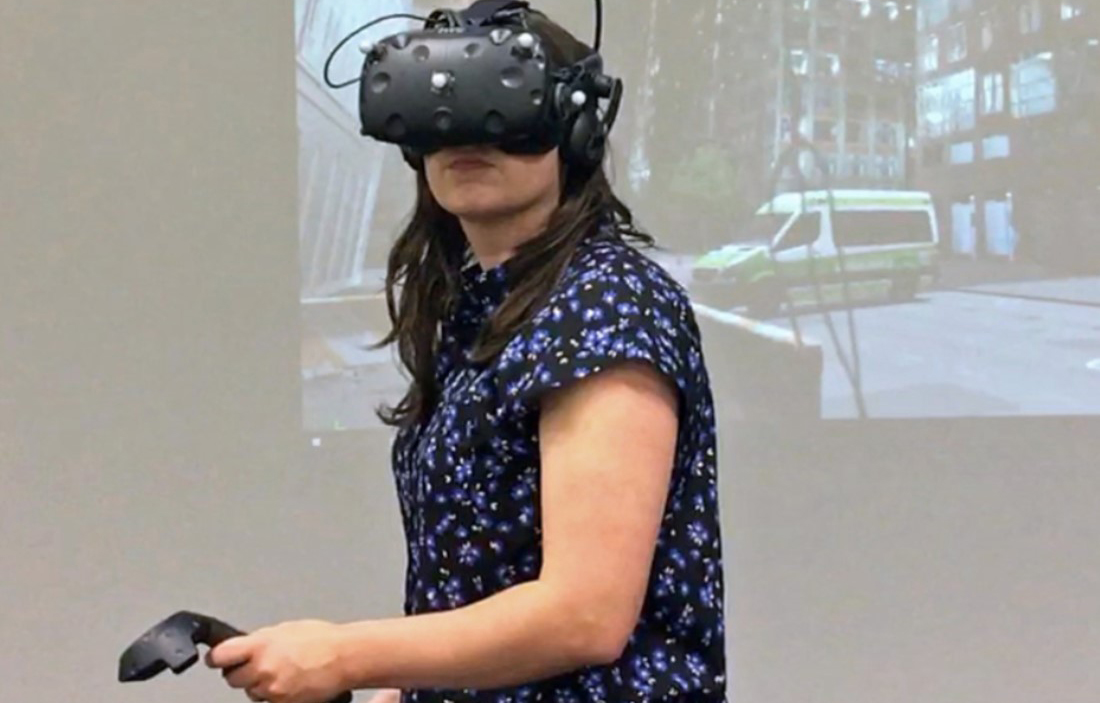
Jess credits this success to the collaborative approach across many disciplines.
It’s also received interest from across the health and medical industry.
“We have aspirations to continually add to the program and create more scenarios and assets,” Brennen says.
“This will make it even more relevant to other health and medical organisations.”



